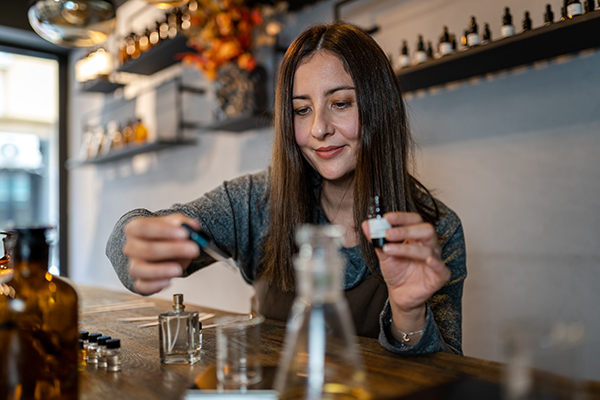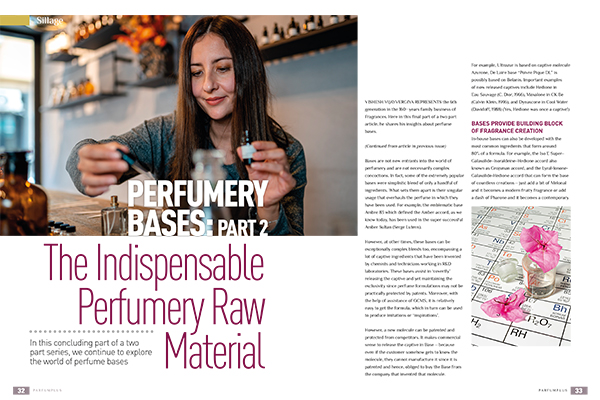Read this post in
 Arabic
Arabic
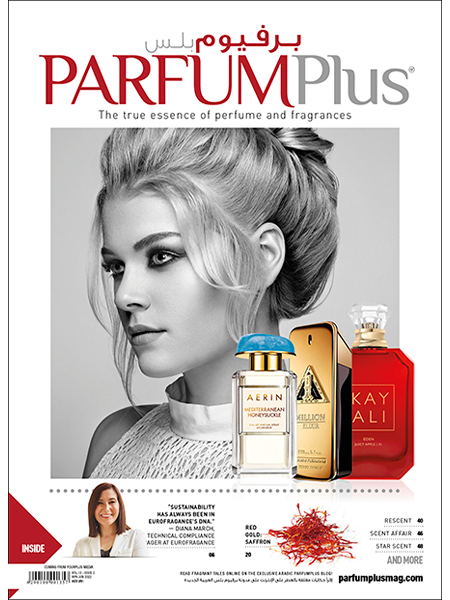
Perfumery Bases: Part 2 The Indispensable Perfumery Raw Material
In this concluding part of a two part series, we continue to explore the world of perfume bases
VISHESH VIJAYVERGIYA REPRESENTS the 6th generation in the 160+ years family business of Fragrances. Here in this final part of a two part article, he shares his insights about perfume bases.
(Continued from article in previous issue)
Bases are not new entrants into the world of perfumery and are not necessarily complex concoctions. In fact, some of the extremely popular bases were simplistic blend of only a handful of ingredients. What sets them apart is their singular usage that overhauls the perfume in which they have been used. For example, the emblematic base Ambre 83 which defined the Amber accord, as we know today, has been used in the super successful Amber Sultan (Serge Lutens).
However, at other times, these bases can be exceptionally complex blends too, encompassing a lot of captive ingredients that have been invented by chemists and technicians working in R&D laboratories. These bases assist in ‘covertly’ releasing the captive and yet maintaining the exclusivity since perfume formulations may not be practically protected by patents. Moreover, with the help of assistance of GCMS, it is relatively easy to get the formula, which in turn can be used to produce imitations or ‘inspirations’.
However, a new molecule can be patented and protected from competitors. It makes commercial sense to release the captive in Base – because even if the customer somehow gets to know the molecule, they cannot manufacture it since it is patented and hence, obliged to buy the Base from the company that invented that molecule.
For example, Ultrazur is based on captive molecule Azurone, De Laire base “Poivre Pique DL” is possibly based on Belanis. Important examples of now released captives include Hedione in Eau Sauvage (C. Dior, 1966), Moxalone in CK Be (Calvin Klein, 1996), and Dynascone in Cool Water (Davidoff, 1988) (Yes, Hedione was once a captive!)
Bases provide building block of fragrance creation
In-house bases can also be developed with the most common ingredients that form around 80% of a formula. For example, the Iso E Super–Galaxolide–Isoraldeine–Hedione accord also known as Grojsman accord, and the Lyral-Ionone-Galaxolide-Hedione accord that can form the base of countless creations – just add a bit of Melonal and it becomes a modern fruity fragrance or add a dash of Pharone and it becomes a contemporary green scent! Such bases also assist newcomers to perfumery! The perfumery base can be considered equivalent to Stock photography, Stock Template, or a prefabricated structure! Many such bases like Selvone and Althenol were created by Jean Carles, the famous Givaudan-Roure perfumer, for not only his in-house use but also for his less-experienced clients.
 In a way, bases also ensure customer loyalty. Once a customer has used a perfumery base in a compound, he will continue to do so in all the future batches to ensure uniformity. The chemist can break the formula derived from GCMS analysis into different groups – for example, Benzyl Acetate, Indole, Alpha Amyl Cin Ald in a Jasmine Micro-Base while PEA and Rose Crystals in a Rose Micro-Base.
In a way, bases also ensure customer loyalty. Once a customer has used a perfumery base in a compound, he will continue to do so in all the future batches to ensure uniformity. The chemist can break the formula derived from GCMS analysis into different groups – for example, Benzyl Acetate, Indole, Alpha Amyl Cin Ald in a Jasmine Micro-Base while PEA and Rose Crystals in a Rose Micro-Base.
Later, these individual micro-bases can be assembled into a final modular formula. Bases can also help in maintaining the secrecy of a formula within an organization. Chief Perfumer from Location A will create an X-base with the most important molecules and leave the work of adding commodities at Location B to the junior perfumer.
Bases may help in compliance by providing alternatives
There is another genre of the Perfume Base where the intent is to recreate a popular fine fragrance for a functional product, say Incense Sticks. Here, the bases act as a bridge between the “desired fragrance profile” and “cost-performance ratio expectation”. As a matter of fact, in modern times, no high-class fragrance at the client specified budget is possible without the use of Bases. With the usage of Bases, we can create instantly recognizable scents such as the legendary “Chanel No.5” but without using any of the naturals used in the real version.
This is justified by Robert R. Calkin and J. Stephan Jellinek when they mention, “The average consumer of today is frequently more concerned with performance, in terms of strength and staying power, than with the beauty and subtlety of a perfume.” Perfumery bases also address the issues posed by various regulations that restrict or prohibit the use of certain ingredients by providing permissible alternatives.
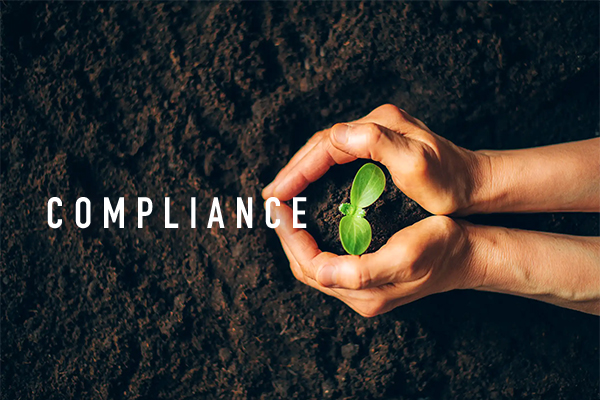
Perfume Bases have also come to the rescue of Perfumers by providing them with “chemical bases” as a solution to combat the shortage and/or steep price rise in commodity as well as speciality chemicals. For example, “DHM-Base”, “Timberol-Base”, “Lyral-Base” and so on that flooded the Indian market in the recent past. Even large multinational companies were sharing “accords of chemicals” to replace chemicals in a formulation.
Also, certain commercially successful ‘speciality chemicals’ are actually ‘specialty bases’ per se. For example, a refined quality of Iso E Super called Timbersilk, possibly contains 0.07% Amber Xtreme technically making it a “Base”.
Super specialty bases may have an X-factor
There is yet another class of Bases that does not add to the olfactory profile but rather attempts to enhance odour perception, add depth and radiance, and may improve customer acceptance. Such Bases can be considered equivalent to MSG in food! Such olfactory marvels are mostly held captives by the large MNC for their internal use, and only a handful of companies offer such innovative creations.
They add a layer of complexity, thereby making copying the fragrance through GCMS even more laborious (if not entirely impossible!).
In the recent times, Oudh-type fragrances have gained unprecedented popularity worldwide, going beyond the original hub – the Middle East and South-East Asia. It is noteworthy that Oudh is amongst the most difficult fragrances to formulate – not just in fine fragrances but also in functional fragrances.
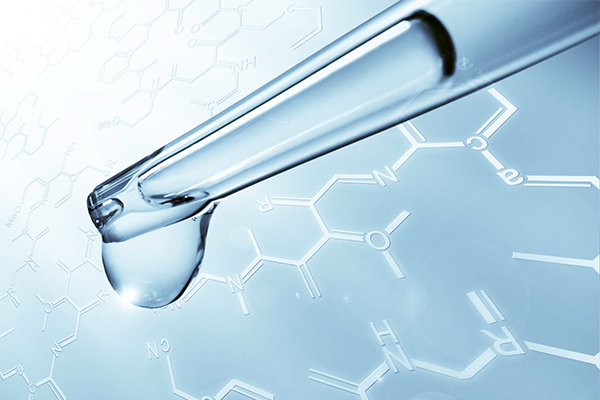
Oudh speciality Bases are being offered to the perfumers by leading companies, equipping them to formulate Oudh-based fragrances easily and confidently. For example, Black Agar Givco from Givaudan, Oudh Synth, Oudh Anokha from Firmenich, Oudh Essence from Scentography etc
Perfumery Bases are the very soul of countless classic perfumes. They continue to be widely used as they address mission-critical needs of a perfumery company.
Knowledge about the available Bases and their apt application is an essential part of a perfumer’s training. Happy blending!
- Vishesh Vijayvergiya,
Perfumer and Scent Branding Consultant
Disclaimer - The information in this article is offered as an aid to the Perfumer’s creativity only and has no regulatory significance at all. This information should not be relied upon as any warranty for the ingredient’s performance in any end product. It is the perfumer’s responsibility to fully test and satisfy themselves when determining if the ingredient is suitable for use in a customer’s end product. It is recommended that the user should check the safe use with the IFRA as well as local regulatory requirements. E. & O. E.
Read this post in
 Arabic
Arabic


